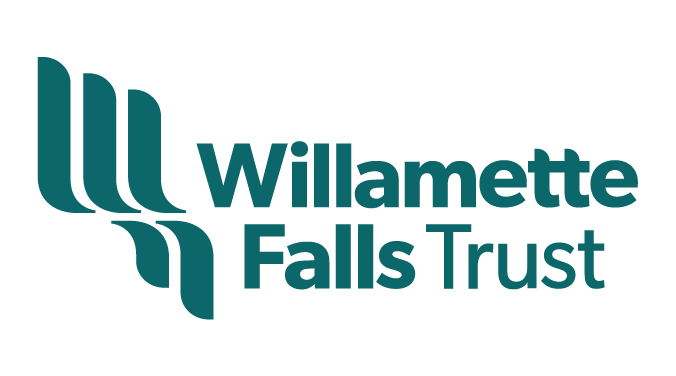Winter solstice—reflecting on winters past and yet to come
Winter solstice can be expressed in many ways: the darkest day of winter, the shortest day, or the longest night of the year.
No matter how you look at it, today marks the period of the fewest daylight hours as well as the gradual movement towards the light of days ahead. For many Indigenous communities, winter solstice represents the New Year, for others a celebration of the sun, a season of rebirth and many other celebrations. It’s a time to reflect on the seasonal rounds and natural rhythm of change throughout the year.
And in a year when the outdoors has become a place of increased solace for so many of us, we find ourselves reflecting on the wonder of winter—a time in which much of nature finds rest and slumber. A time when water freezes and where the ground forms a protective covering to insulate the life beneath.
When so much appears dormant, we’re always struck by how Willamette Falls and its teeming waters remain a gathering place for life. This very moment, water is flowing through the Falls, as it has since time immemorial—and within that water of life are the salmon, the lamprey, the sturgeon, the steelhead, and so much more.
The Winter Steelhead Run
The steelhead are the anadromous form of rainbow or redband trout that migrate to the ocean and eventually return to the rivers where they were born in order to spawn. Annually, thousands of steelheads make their way through the Willamette River and its tributaries. The winter run that began in late November is picking up speed, filling the water with spectacular flashes of acrobatics.
Willamette Falls—a riparian zone
The activity within the water is equally reflected on the banks of the river. The land surrounding the Willamette Falls is known as a riparian zone—an area of vegetation around a river—with diverse plant life and nutrient-rich sediment. “Riparian zones. . .provide some of the most important wildlife habitat in forestlands of western Oregon and Washington.” The climate created by the mist from the Falls has meant that for centuries the land teemed with vast numbers of plant and wildlife species. And we now have the opportunity to protect the site and restore its natural environs. While we move forward with the plans for the design of the public riverwalk, we hold fast to the vision of engaging our communities around the things that are foundational to life: the water, the fish and the natural habitats.
A new season ahead
As we begin a new season, we hope you will join us in listening to the stories that our land tells us, that it has been telling us since time immemorial. And our hope is that we will gather again one day in the new year to share more stories of Willamette Falls as a place that brings nature, water, wildlife and people together.

